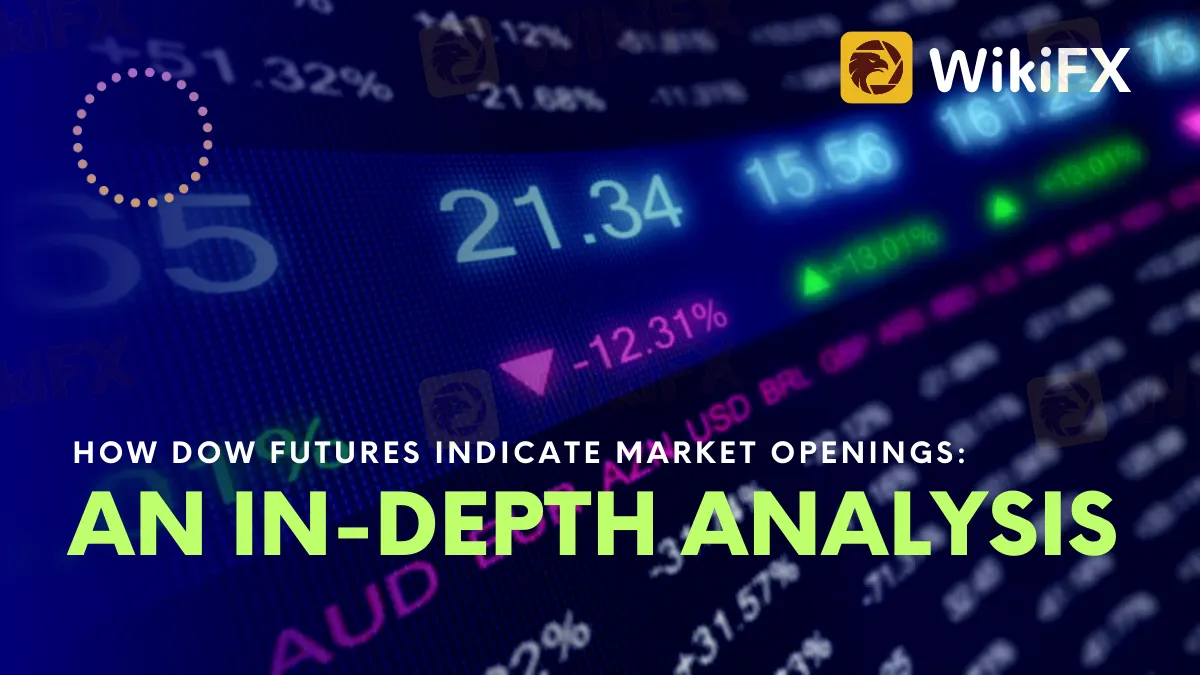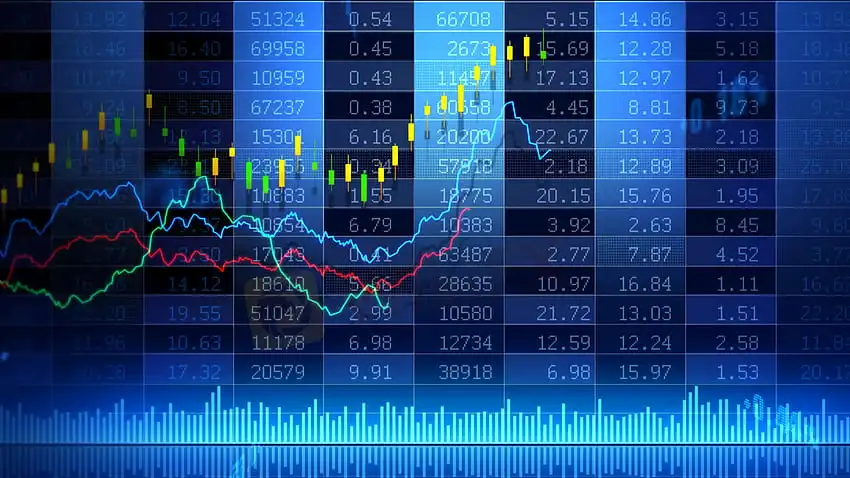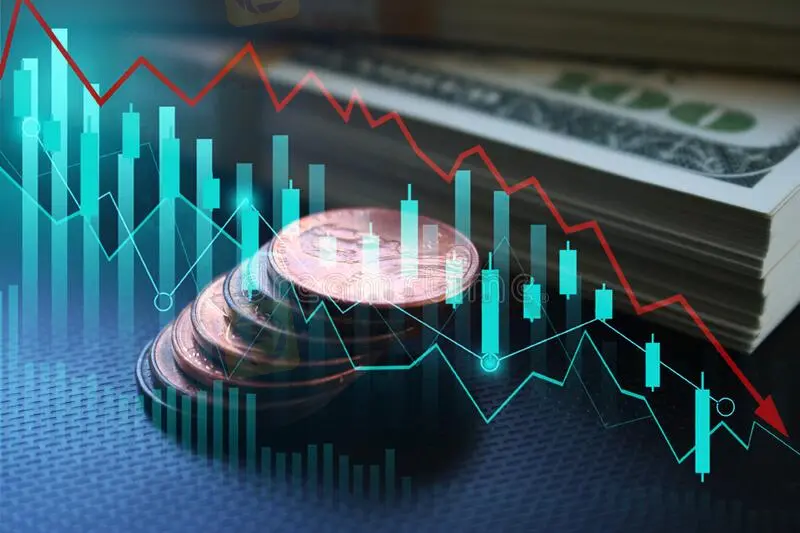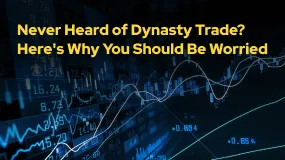简体中文
繁體中文
English
Pусский
日本語
ภาษาไทย
Tiếng Việt
Bahasa Indonesia
Español
हिन्दी
Filippiiniläinen
Français
Deutsch
Português
Türkçe
한국어
العربية
How Dow Futures Indicate Market Openings: An In-Depth Analysis
Abstract:Dow futures are contracts based on the DJIA that trade nearly 24 hours a day, providing insights into potential market direction before the market opens. While they're useful indicators, they aren't foolproof due to their smaller size and vulnerability to global events. Investors, therefore, should utilize Dow Futures alongside other tools for a holistic market view. Understanding and trading Dow Futures requires knowledge and risk management, with alternatives like ETFs available for less complex exposure to the DJIA.

Understanding the Dow Futures

To comprehend how Dow Futures indicate market openings, we must first understand what the Dow Jones Industrial Average (DJIA) is. The DJIA, often referred to simply as “the Dow,” is an index representing 30 significant publicly-owned companies based in the United States. It serves as a barometer of the country's economic health and investor sentiment toward the stock market.
Breaking Down Futures
The term “futures” refers to financial contracts obligating the buyer to purchase an asset, or the seller to sell an asset, at a predetermined future date and price. Futures are standardized to facilitate trading on a futures exchange, and the asset in question could be a physical commodity or a financial instrument.
What are Dow Futures?
Dow Futures are futures contracts that are based on the DJIA. They're agreements to buy or sell the value of the Dow Futures index at a specific date in the future. Dow Futures have three types of contracts: the E-mini Dow, Big Dow DJIA, and Micro E-mini Dow. All three track the DJIA but differ in their contract specifications and the minimum price fluctuation.
Why are Dow Futures Important?
Dow Futures trading takes place nearly 24 hours a day, allowing market participants to react to the news, events, and other factors that occur when the regular market is closed. This ability to trade essentially around the clock provides a critical indicator of the likely direction of the DJIA when the market officially opens.

How do Dow Futures Indicate Market Openings?
Understanding the Correlation
Dow Futures prices often shift based on current events, both domestic and international, as well as changes in investor sentiment and market demand. For instance, if a significant event occurs after the stock market's regular trading hours that are expected to have a negative impact on the economy, it will likely cause Dow Futures to drop.
Predicting Market Direction
When Dow Futures are traded at a higher price, it generally suggests that the market sentiment is bullish, indicating a potential rise in the DJIA at the market opening. Conversely, if the Dow Futures are traded at a lower price, it suggests a bearish sentiment, hinting at a possible drop in the DJIA when the market opens.
Pre-market Indication
Dow Futures are, in essence, the market's pre-opening bell sentiment. They provide a snapshot of what traders anticipate the DJIA might do when the regular trading session begins. If Dow Futures are significantly up or down, it can trigger corresponding buying or selling activity at the market's opening, thus influencing the direction of the DJIA.
Limitations of Dow Futures as an Indicator
While Dow Futures can give an indication of market openings, they aren't foolproof. The actual opening of the DJIA can differ from what the Dow Futures suggest for several reasons. The Futures market is much smaller than the actual stock market, hence, less liquid. Moreover, the Dow Futures react to global events, while the DJIA might respond more to domestic issues. The Futures market is also more susceptible to manipulation.
Reading Dow Futures
To use Dow Futures as an indicator of market direction, investors generally look at the difference between the futures contract price and the previous day's closing price of the DJIA. This difference is referred to as futures fair value. If the futures price is above fair value, the market is likely to open higher, and vice versa.
Conclusion: An Essential Indicator
While not infallible, Dow Futures provide invaluable insights into market sentiment before the opening bell, helping investors anticipate the day's trading direction. By understanding how Dow Futures work, you can make
more informed decisions about your investment strategy. Monitoring Dow Futures can act as your preliminary guide in navigating the financial markets. It can alert you to potential market shifts and offer a head start to adjust your trading plan accordingly. While Dow Futures should not be the sole determinant of your investment choices, they serve as a crucial component of the wider market analysis toolbox. From individual investors to institutional traders, the capacity to interpret Dow Futures and their implications for the market can significantly contribute to investment success.
More Informed Decisions
Indeed, Dow Futures can serve as your early morning weather forecast for the days market climate. When you wake up in the morning, checking the current Dow Futures can provide a glimpse into whether the market will open up or down, based on the overnight news, international market activity, or major economic events. By taking these cues, you can adjust your trading strategies accordingly.
Trading Dow Futures
One way to capitalize on the insights provided by Dow Futures is to trade futures contracts directly. It's important to remember that futures trading involves substantial risk and isn't suitable for all investors. If you're considering this approach, it's crucial to understand the mechanics of futures trading, including margin requirements, and to have a sound risk management strategy in place.
Moreover, the use of Dow Futures goes beyond individual investors. Portfolio managers and institutional investors often use futures contracts for hedging purposes. If a portfolio manager expects the market to decline, they may take a short position in Dow Futures as a hedge against potential losses in their equity portfolio.
The Broader Picture: Other Futures Indices
While Dow Futures are a popular indicator of market sentiment, they are not the only game in town. Other futures indices, such as the S&P 500 futures and Nasdaq 100 futures, provide additional perspectives on the market's direction. Each of these indices represents a different segment of the market and may respond differently to various economic and geopolitical events.
The Impact of Global Markets
Another significant factor that influences Dow Futures is the performance of international markets. If major markets like Europe and Asia have a strong trading session, it could potentially boost investor sentiment and push up Dow Futures. Conversely, poor performance in international markets could drag down Dow Futures. Hence, it's essential to consider global economic factors when interpreting Dow Futures.

Futures vs. ETFs
An alternative way to gain exposure to the DJIA, without dealing with the complexities of futures trading, is through Exchange-Traded Funds (ETFs). These financial instruments track the performance of a particular index, sector, commodity, or asset class. The SPDR Dow Jones Industrial Average ETF (DIA), for example, seeks to track the performance of the DJIA.
Final Words
In summary, Dow Futures are a powerful tool for gaining insight into market sentiment ahead of the opening bell. However, it's important to remember that they are just one of many indicators available to investors and should be used in conjunction with other tools and analyses for a holistic market perspective.
Remember, while the markets can often be unpredictable, having a thorough understanding of indicators like Dow Futures can assist in navigating these uncertain waters, offering investors an edge in their quest for profitability and financial success.
Get the WikiFX App on your mobile device to keep abreast of the most recent updates. You can download the app at this location: https://social1.onelink.me/QgET/px2b7i8n.

Disclaimer:
The views in this article only represent the author's personal views, and do not constitute investment advice on this platform. This platform does not guarantee the accuracy, completeness and timeliness of the information in the article, and will not be liable for any loss caused by the use of or reliance on the information in the article.
Related broker
Read more

Never Heard of Dynasty Trade? Here's Why You Should Be Worried
Have you heard this name before? No , it’s time you do because staying unaware could cost you. This platform is currently active in the forex trading and has been linked to several suspicious activities. Even if you’ve never dealt with it directly, there’s a chance it could reach out to you through ads, calls, messages, or social media. That’s why it’s important to know the red flags in advance.

Want to Deposit in the EVM Prime Platform? Stop Before You Lose It ALL
Contemplating forex investments in the EVM Prime platform? Think again! We empathize with those who have been bearing losses after losses with EVM Prime. We don't want you to be its next victim. Read this story that has investor complaints about EVM Prime.

WEEKLY SCAM BROKERS LIST IS OUT! Check it now
If you missed this week's fraud brokers list and are finding it difficult to track them one by one — don’t worry! We’ve brought together all the scam brokers you need to avoid, all in one place. Check this list now to stay alert and protect yourself from fraudulent brokers.

Catch the Latest Update on BotBro & Lavish Chaudhary
BotBro, an AI-based trading platform, became popular in India in 2024—but for negative reasons. Its founder, Lavish Chaudhary, who gained a huge following by promoting it heavily on social media. Since then, he has become well-known, but for many controversies. Let’s know the latest update about Botbro & Lavish Chaudhary.
WikiFX Broker
Latest News
RM750 Million Lost to Investment Scams in Just Six Months
5 things to know before the Thursday open: Meme stock revival, Trump's Fed visit, Uber's gender feature
Why Octa Is the Ideal Broker for MetaTrader 4 & 5 Users
CNBC's Inside India newsletter: Leaving, but not letting go — India's wealthy move abroad, but stay invested
Moncler raises prices on tariffs, may postpone store openings if downturn worsens
Titan FX Adds WhatsApp and Telegram for Enhanced Support
Nestle flags further potential price hikes as tariffs, commodities weigh on margins
Stop Level Forex: How Does it Help Traders Prevail When Losses Mount?
eToro Launches Spot-Quoted Futures Trading in Spain
Titan FX Introduces Redesigned Client Cabinet for Enhanced Usability
Currency Calculator


